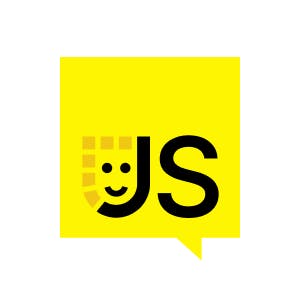Hello, and welcome to this talk where I talk about queues and Boolean Queue. So, first of all, let's start from who I am. I'm Luca Del Pupo, a senior software developer at NearForm, a JavaScript and TypeScript lover. In my free time, I try to run my YouTube channel, but without success in the last year. And I also love to write tech posts for TechP. I also love running and hiking in my beautiful Dolomites, and I love to take care of the cats of my neighbors.
By the way, let's start with the topic. So today I want to tell you a story, a story of a team, one of the best teams I've ever seen in my life. So this team was working on a project, on a client project, and at some point they need to handle a simple queue. A simple queue, so they need to understand how to handle a queue system in their project. So they weren't the owner of the infrastructure, so they started to talk with the platform team. So they went to the platform team to ask help to have a sort of queue system inside of their environment. The platform team started to think about the real possibilities and basically the product ran inside of AWS. They decided to give them an AWS SQS queue, but with a simple problem. Just only one queue.
And it wasn't enough for the team, because yes, they asked for one queue, but not just one queue. They needed a sort of queue system that can handle different queues inside of the project and help them to decouple or decentralize some stuff. So this is basically the result. The team was always there to achieve their need and to achieve their goal to get a queue, but the platform team said, yep, I can give you a queue, but just one. So for some days, the night of this team was a bit of a nightmare in reality. A list of nightmares during the next days. So this is basically what happened during the night.
Every partner thinks that the partner that is a member of the team was thinking about, I don't know, something else. But in reality, every teammate was thinking about how we can handle this queue system inside of WK. So at some point, they start to think about what they already have inside of the project. And there were already two different tools that they can use to create a sort of queue system around the project. One was Posgas SQL for the database, and the other one was Elastic Cache, the Redis implementation inside of AWS. They already have these two tools, so they didn't ask something else to the platform team. But the only thing that they have to understand is how they can handle a queue system inside of one of these two tools. So the first possible solution was pgboss.







Comments